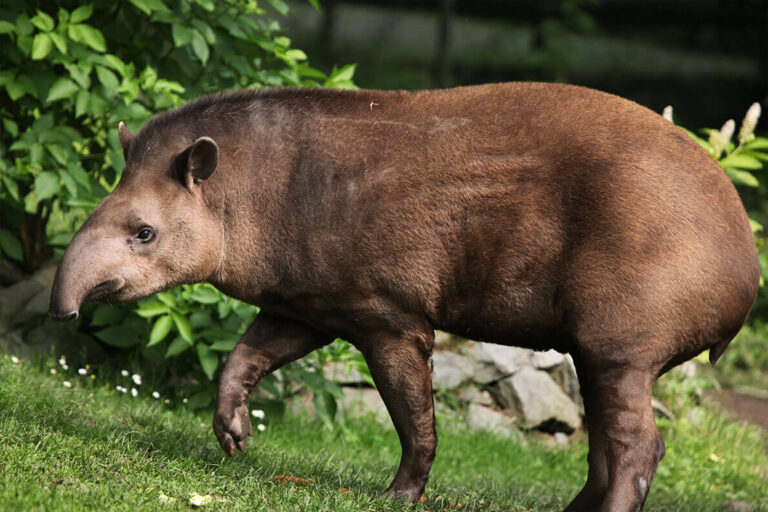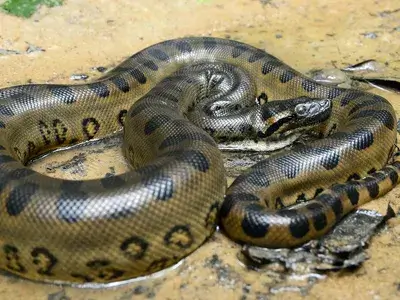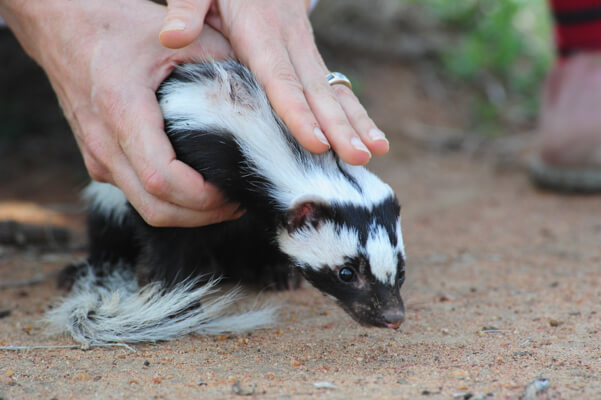Discover the Fascinating World of Tortoises: Facts & More
Tortoises are fascinating reptiles with a long evolutionary history and distinct characteristics, making them one of the most interesting creatures in the animal kingdom. This article will comprehensively overview the tortoise, including its scientific classification, physical characteristics, habitat, behavior, diet, reproduction, predators, conservation status, and human relationship.
Contents
Scientific Classification
- Kingdom: Animalia
- Phylum: Chordata
- Class: Reptilia
- Order: Testudines
- Family: Testudinidae
- Genus: Various
- Species: Approximately 49 species, including the Galápagos tortoise (Chelonoidis nigra) and the Aldabra giant tortoise (Aldabrachelys gigantea).
Physical Characteristics

Tortoises are well-known for their distinctive hard, dome-shaped shells. Their shell comprises two main parts: the carapace (the upper shell) and the plastron (the lower shell). These shells are made of bone and keratin, protecting them from predators.
- Size: Tortoises vary greatly in size. The smallest species, such as the Speckled Padloper tortoise (Homopus signatures), may be as small as 10 cm (4 inches) in length, while the largest, like the Galápagos tortoise, can grow up to 1.2 meters (4 feet) long and weigh over 400 kg (880 pounds).
- Lifespan: Tortoises are among the longest-living land animals. Many species live for over 50 years, with some, such as the Aldabra giant tortoise, living over 150 years.
- Coloration: Tortoiseshells are generally brown, tan, or dark green, with some species exhibiting lighter patterns that help with camouflage.
Habitat
Tortoises can be found in diverse habitats ranging from deserts and savannas to tropical rainforests and grasslands. They are native to many regions, including Africa, Asia, the Americas, and islands like the Galápagos and Seychelles. Tortoises are primarily terrestrial animals, preferring dry environments, but some species inhabit moist forests and tropical zones.
Behavior

Tortoises are known for their slow movement, partly due to their heavy shells and cold-blooded nature. However, their slow pace is complemented by a high level of endurance.
- Activity: They are diurnal, meaning they are most active during the day. They tend to be most active in the morning and late afternoon, avoiding midday heat.
- Burrowing: Many tortoise species dig burrows to escape extreme temperatures, especially in desert environments.
- Territoriality: Male tortoises can be territorial, often engaging in combat to establish dominance, especially during mating seasons.
Diet
Tortoises are primarily herbivores, consuming a wide variety of vegetation. Their diet typically consists of:
- Grasses: A staple for many species, particularly those in arid regions.
- Leaves, Flowers, and Fruits: Tortoises living in more tropical environments often eat leaves, fruits, and flowers.
- Cacti and Succulents: Tortoises eat cacti and other succulents in desert habitats to retain moisture.
Some species, particularly juveniles, may occasionally eat invertebrates or carrion, but this is rare.
Reproduction
Tortoises reproduce by laying eggs. Their reproductive behavior includes:
- Mating Rituals: Male tortoises may engage in competitive behaviors such as ramming or flipping rivals.
- Egg-laying: Female tortoises dig nests in the ground where they lay anywhere from a few to several dozen eggs, depending on the species.
- Incubation: The eggs are left to incubate in the nest, with the temperature often determining the sex of the hatchlings (warmer temperatures may produce females, cooler temperatures males).
- Hatchlings: Baby tortoises are independent from birth and receive no parental care. They emerge from their eggs, fully capable of feeding and moving.
Predators
While adult tortoises have few natural predators due to their thick shells, juveniles and eggs are highly vulnerable. Predators include:
- Birds of Prey: Hawks and eagles may target smaller tortoises.
- Mammals: Foxes, dogs, and other mammals can prey on hatchlings and eggs.
- Humans: Humans pose the biggest threat, either through habitat destruction, poaching, or use in the pet trade.
Conservation Status
Many tortoise species are at risk due to habitat destruction, poaching for their shells, and the illegal pet trade.
- Endangered Species: The Galápagos tortoise and the Egyptian tortoise (Testudo kleinmanni) are examples of species listed as vulnerable or endangered.
- Conservation Efforts: Organizations such as the International Union for Conservation of Nature (IUCN) and local governments have launched efforts to protect tortoises, focusing on habitat preservation and anti-poaching measures. Breeding programs and reintroduction efforts for species like the Galápagos tortoise have been relatively successful.
Interesting Facts
- Longevity: A tortoise named Jonathan, who lives on the island of Saint Helena, is believed to be the oldest living land animal, born around 1832.
- Shell Structure: Despite its appearance, a tortoise’s shell is not simply an external covering—it is part of its skeleton, with vertebrae and ribs fused to the carapace.
- Symbolism: In many cultures, tortoises are seen as symbols of wisdom, longevity, and stability due to their long lifespan and slow, deliberate movements.
Evolutionary History
Tortoises are part of the order Testudines, which first appeared around 220 million years ago during the Triassic period. Over millions of years, tortoises adapted to various environmental conditions, leading to the diverse species we see today. They have survived significant global changes, making them one of the most resilient reptile groups.
Relationship with Humans
Humans have admired tortoises for centuries, often kept as pets or symbols of strength and endurance in mythology. In some cultures, tortoises are revered, while in others, they have been exploited for food or their shells. Conservationists today focus on educating the public about preserving these ancient creatures.
Conclusion
Tortoises are remarkable creatures that have captivated humans for millennia. With their impressive lifespans, unique physical characteristics, and adaptability, they play a vital role in ecosystems worldwide. However, many tortoise species face serious threats from habitat loss, predation, and human activity. Conservation efforts are essential to ensure their survival so future generations can appreciate these slow, steady icons of resilience.
- Golden Retriever Pros and Cons: What Every Pet Parent Should Know - 15 September 2025
- Cane Corso Dog Breed: Health, Care, and Lifespan - 14 September 2025
- Catahoula Leopard Dogs: Description, Temperament, Lifespan, & Facts - 21 July 2025







